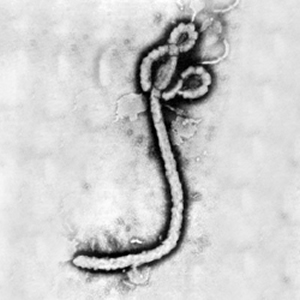Influenza Hemagglutinin
Influenza, also commonly known as the flu, is a contagious respiratory illness caused by various influenza viruses that infect the nose, throat, and lungs [1]. Although influenza is typically a mild and common illness, it has caused 40,000 deaths and 100,000 hospitalizations annually in US. The seasonal influenza vaccine remains the most effective method to prevent the flu.
There are 3 types of viruses: A, B, and C. Type A and type B are the major pathogens in humans, which is why current influenza vaccines are trivalent, consisting of two influenza A subtypes (H1N1 and H3N2) and one or two variants of influenza B virus (Lee 2). Each year, the strains are chosen based on which strains of virus are predicted to most commonly circulate in humans each winter flu season.
While recent studies by the CDC show that the seasonal vaccine can reduce the risk of flu illness by approximately 50-60%, these “inactivated” vaccines only offer short-term and highly specific humoral immunity attributed to the frequent antigenic variations in the influenza virion (1). One solution to these issues is cold-adapted “live attenuated” vaccines that offer broad-spectrum immunity. One such conserved antigenic target is the hemagglutinin HA2 stalk domain. Proposed mechanisms of protection include non-neutralizing antibodies, inhibition of fusion of virus, maturation of the HA, and antibody dependent cell-mediated cytotoxicity (Lee 2).
Section 1
At right is a sample image insertion. It works for any image uploaded anywhere to MicrobeWiki. The insertion code consists of:
Double brackets: [[
Filename: Ebola virus 1.jpeg
Thumbnail status: |thumb|
Pixel size: |300px|
Placement on page: |right|
Legend/credit: Electron micrograph of the Ebola Zaire virus. This was the first photo ever taken of the virus, on 10/13/1976. By Dr. F.A. Murphy, now at U.C. Davis, then at the CDC.
Closed double brackets: ]]
Other examples:
Bold
Italic
Subscript: H2O
Superscript: Fe3+
Overall paper length should be 3,000 words, with at least 3 figures with data.
Section 2
Include some current research in each topic, with at least one figure showing data.
Section 3
Include some current research in each topic, with at least one figure showing data.
Further Reading
[Sample link] Ebola Hemorrhagic Fever—Centers for Disease Control and Prevention, Special Pathogens Branch
References
Edited by Gabriella Newman, a student of Nora Sullivan in BIOL168L (Microbiology) in The Keck Science Department of the Claremont Colleges Spring 2015.

